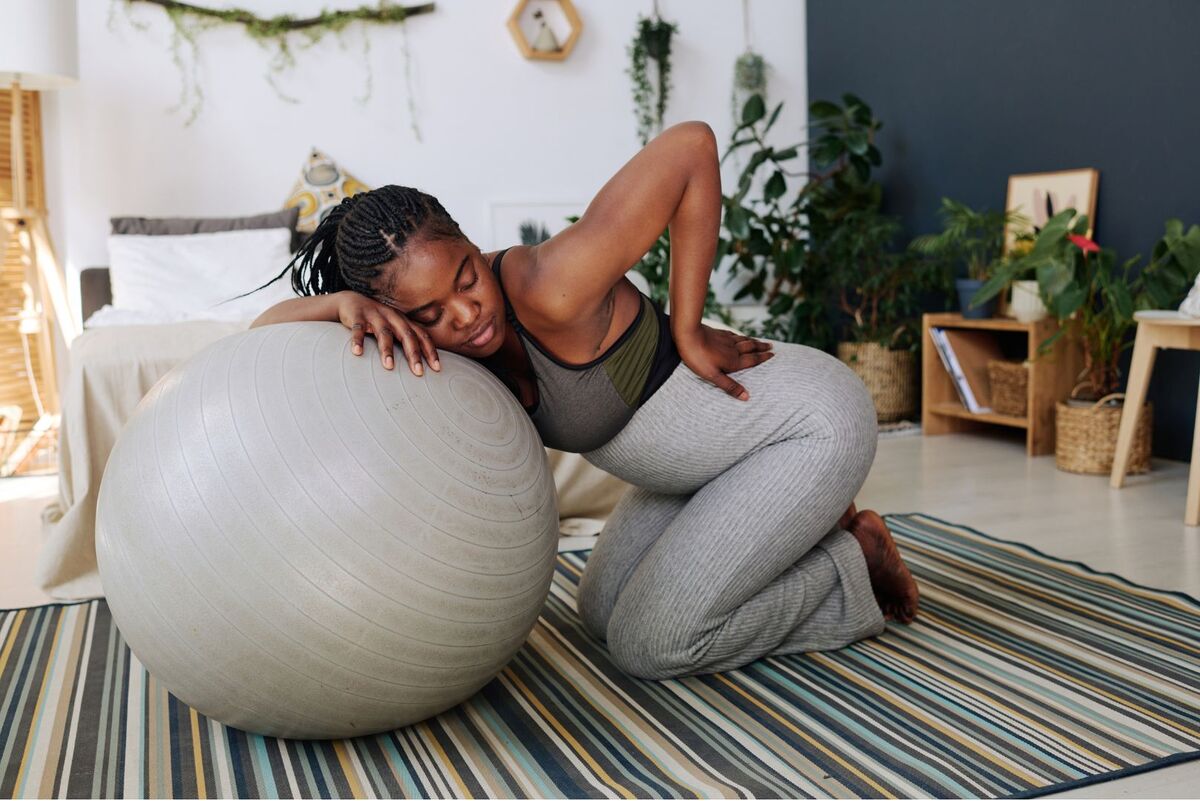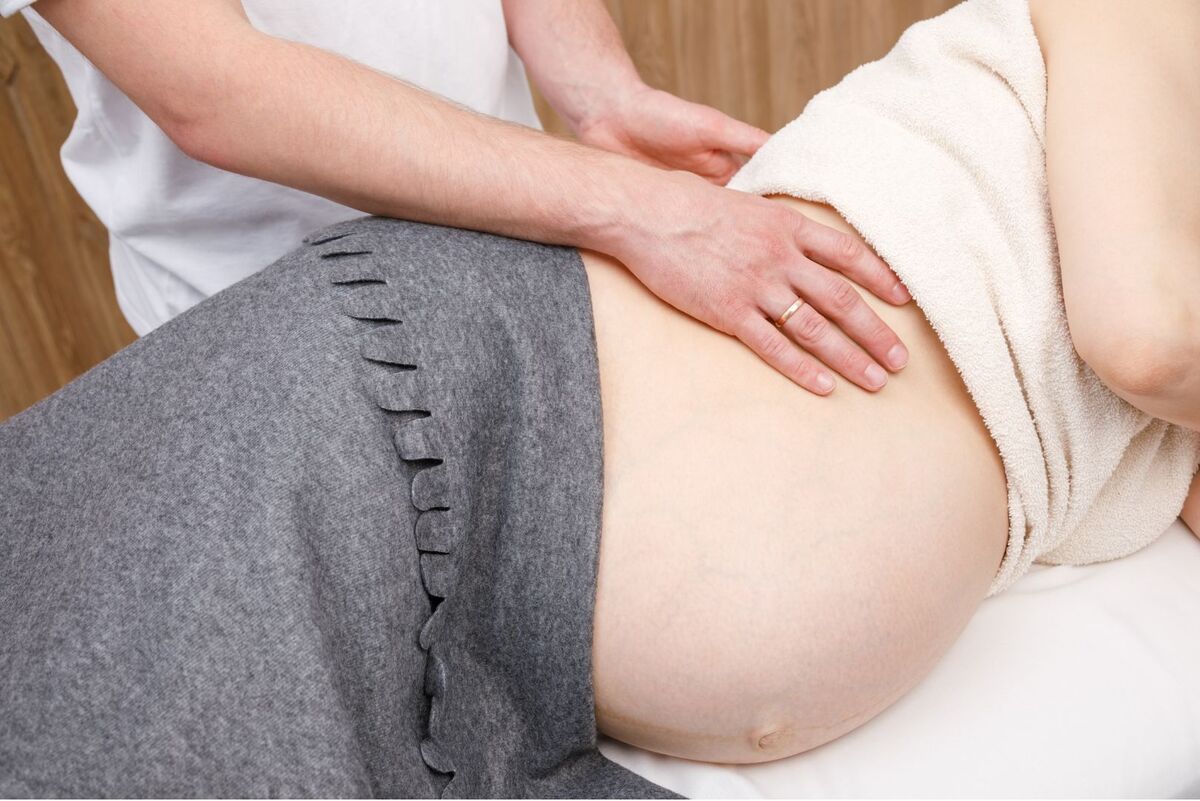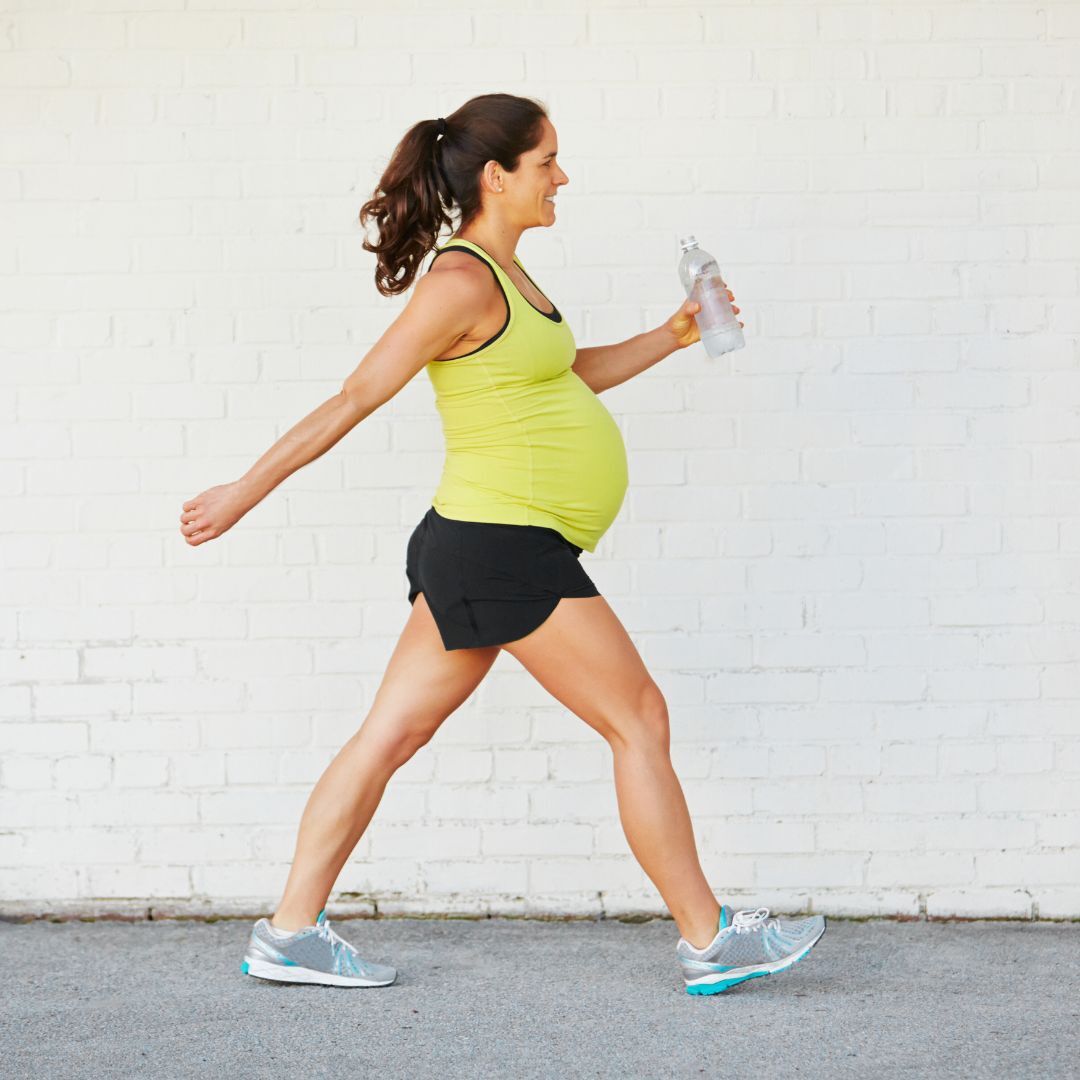5 Tips to Get Your Baby out of Breech Position During Pregnancy

Was your latest ultrasound not what you were expecting? Seeing breech position on the screen might have caught you off guard but remember that your baby still has time to move. Many little ones settle head-down before birth, and there are plenty of ways to gently encourage them into an optimal position.
Your body is designed for this, and movement plays a big role in helping your baby find their way.
Simple shifts in how you sit, stretch, and relax can create more space, while alternative approaches like chiropractic care and acupuncture offer additional support. With a little patience and the right techniques, you can help guide your baby into position while staying connected to the process with confidence.
In this article, we’ll share five practical, gentle ways to encourage your baby to move out of the breech position—so you can step into birth feeling informed and empowered.

Techniques to Encourage Your Baby to Turn
Your baby still has time to move into the head-down position, and there are plenty of gentle, natural ways to encourage that shift.
Movement, positioning, and relaxation all play a role in creating the space your baby needs. While every pregnancy is unique, these techniques have helped many mamas guide their little ones into an optimal position for birth.
Here are five tips to encourage your baby to turn.
1. Try Forward-Leaning Positions
Certain positions can help your baby move by creating more space in the uterus and encouraging a natural rotation.
- Forward-leaning inversions: Kneeling on a couch or bed and lowering your forearms to the floor can allow gravity to encourage movement.
- Breech tilt exercises: Lying on a firm surface with your hips elevated on pillows for 10–15 minutes at a time can help baby shift downward.
- Gentle pelvic tilts and rocking: Small, controlled movements on an exercise ball or hands-and-knees rocking can support better positioning.
Pelvic balance plays a key role in fetal movement and working with a pelvic floor therapist can provide additional guidance on safe, effective techniques.
Learn more about why forward-leaning positions work best here!

2. Use Sound and Light to Guide Movement
Babies respond to external stimulation, and using sound or light can help guide them downward.
- Play music or use vibrations near the lower abdomen to gently encourage movement.
- Shine a flashlight on the lower belly, as babies may naturally turn toward the light.
- Talk or sing to your baby in the desired head-down position—some mamas find that familiar voices help engage their little one’s movement.
This method works best when combined with other positioning techniques, creating an inviting space for your baby to move.

3. Apply Temperature-Based Methods
Changes in temperature can gently encourage your baby to shift toward warmth and away from cool sensations.
- Place warmth near the lower abdomen with a warm water bottle or compress.
- Use a cool pack near the top of the belly to encourage movement away from that area.
- Stay hydrated and relaxed, as tension and dehydration can contribute to tight muscles and reduced space for movement.
Be mindful of comfort—never use extreme temperatures and always listen to your body.

4. Consider Chiropractic or Acupuncture Techniques
Holistic methods like chiropractic care and acupuncture have been used to support fetal positioning.
- Chiropractic adjustments help align the pelvis, allowing more room for your baby to turn naturally.
- Acupuncture and moxibustion (a traditional Chinese technique using heat stimulation) have been known to encourage movement.
- Gentle bodywork can reduce tension and promote balance, making it easier for baby to shift.
If you're interested in these approaches, consider connecting with one of our trusted chiropractic partners to explore safe, pregnancy-friendly options.

5. Stay Active and Maintain Good Posture
Movement and posture play a big role in helping your baby find the right position.
- Walk regularly to encourage natural movement.
- Sit on an exercise ball instead of reclining on a couch—this promotes pelvic alignment and gives baby space to turn.
- Practice prenatal yoga, focusing on gentle stretches that support flexibility and proper positioning.
Staying active in a way that feels good to your body can make a difference in your baby’s positioning while keeping you comfortable and prepared for birth.
Encourage a Smooth Transition Before Birth with Stork Helpers
Every baby moves in their own time, but these techniques can help encourage the process while keeping you connected to your body and your birth experience.
If you’re looking for more personalized guidance, we are here to support you. Whether you need help exploring positioning techniques or want expert guidance through the rest of your pregnancy, our doulas are here to walk this journey with you.
Explore our doula services to see how we can support your birth experience and check our availability to find the best time to connect.

